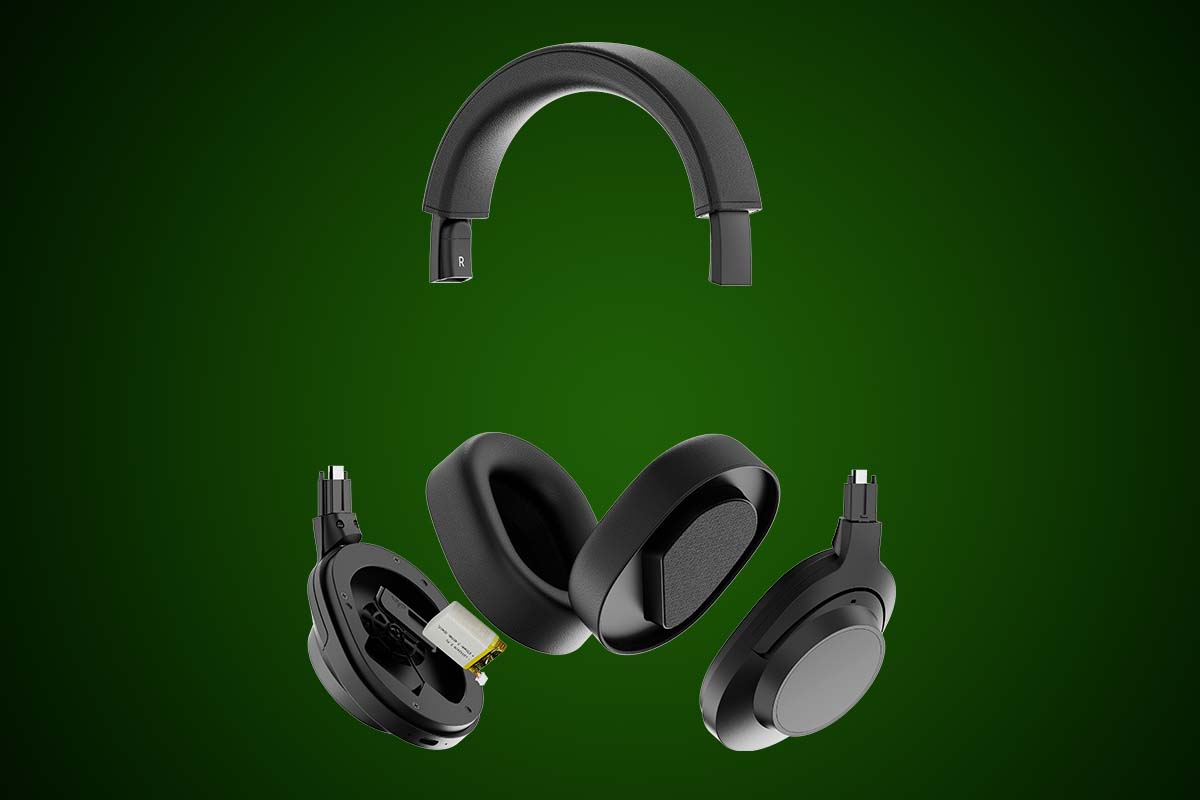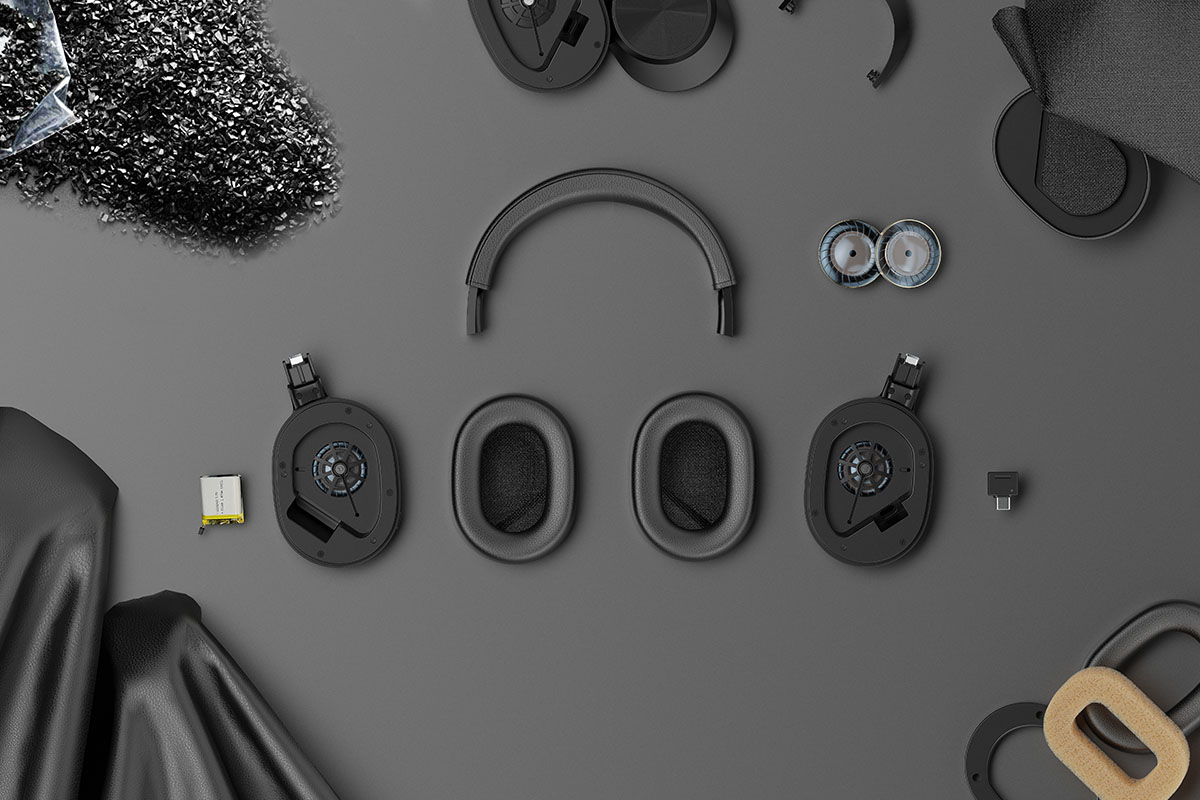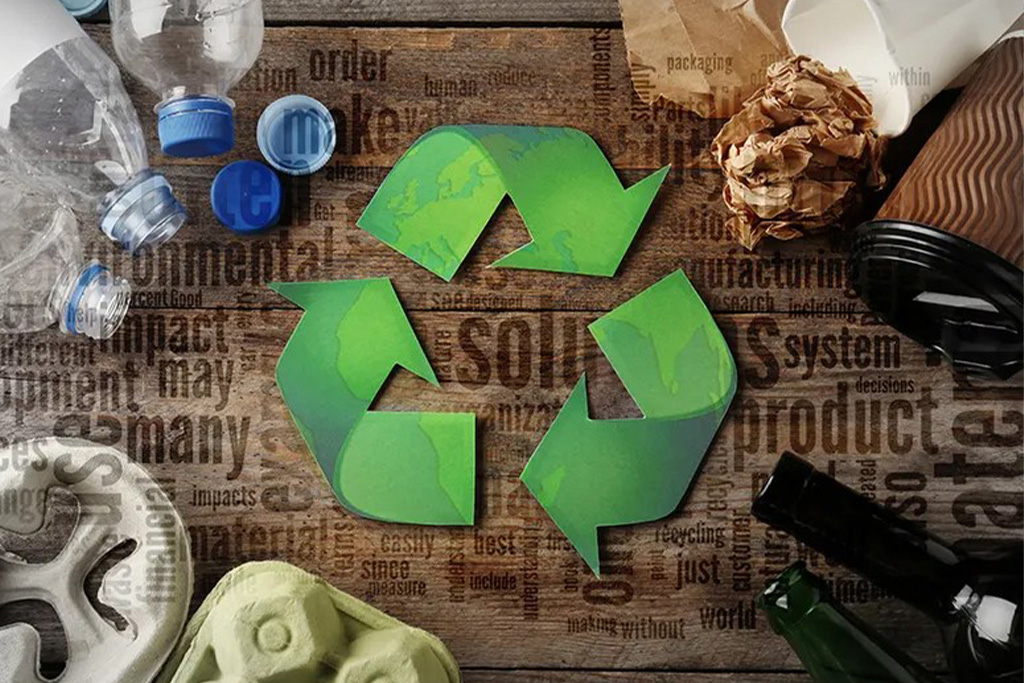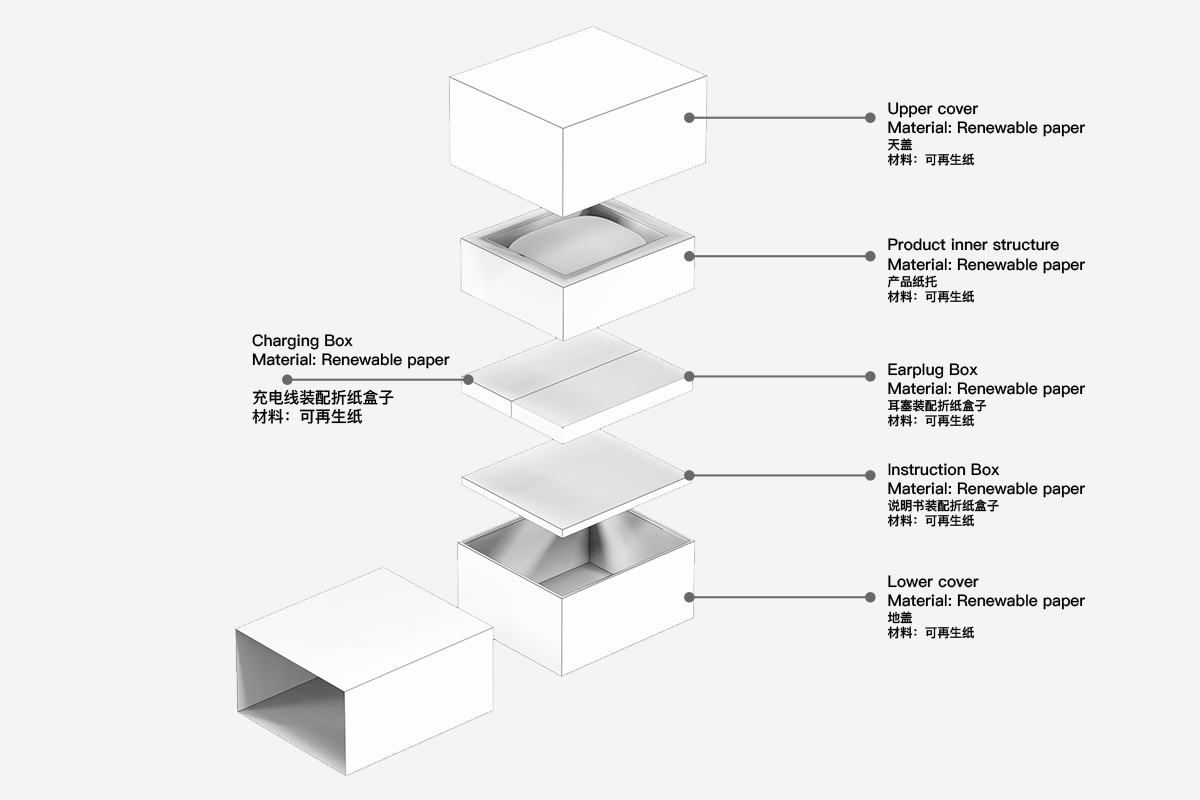Sustainable Design
Creating long-term value for the environment, society and the economy
From Environment to Society
At HONSENN, we place sustainability at the core of our future developmen. We actively reduce our carbon footprint, use eco-friendly materials, and innovate our products.

Use of Recyclable Materials
- Alternative Plastics: Many brands are adopting recyclable or bio-based plastics to replace traditional petroleum-based plastics. For example, using recycled plastics (rPET), plant-based plastics, or biodegradable plastics for the construction of headphone housings and other components reduces petroleum resource consumption and plastic waste.
- Recycled Metals and Other Materials: Headphone metal components (such as headphone frames, speaker housings, etc.) can be made from recycled aluminum, stainless steel, and other metals to reduce resource extraction and environmental pollution. Many brands are also exploring the use of recycled silicone for ear pads and headbands.
Circular Design Principles: Modularity, Repairability, Sustainable Materials
We prioritize circular design principles in our product development. This includes modular designs for easy upgrades and repairs, ensuring the longevity of products and reducing electronic waste. Additionally, we are integrating recyclable and biodegradable materials, including bio-based plastics and recycled components, into our audio devices. This approach not only minimizes environmental impact but also supports a sustainable lifecycle for our products.


Durability and Long Life Cycle
- Improved Durability: Sustainable design involves not only material choices but also design improvements to enhance headphone durability, allowing them to be used for a long time and reducing the need for frequent replacements. High-quality designs should avoid common durability issues (such as ear pad damage or cable breakage), increasing the overall lifespan.
- Reducing E-Waste: Durability and repairability are key to reducing electronic waste. Encouraging consumers to repair headphones rather than discard them helps to reduce the environmental impact of headphone products.
Energy-Efficient Technology
- Integrate low-power chips and optimize Bluetooth connectivity for extended battery life.
- Battery Management System: Intelligent charging and discharging power control to extend battery lifespan.


Smart Features for Sustainability
- Integrate smart sensors to monitor user behavior and optimize energy consumption.
- Support firmware upgrades to reduce hardware obsolescence.
Circular Economy
Our approach to circular economy principles revolves around modular design, ensuring that our products are easy to repair and upgrade. This reduces the need for new components and helps minimize waste, extending the overall product lifecycle. We believe that this strategy not only benefits the environment but also provides added value to customers by ensuring longer product use and minimizing obsolescence.


Eco-Friendly Packaging
- Reducing Packaging Materials: Many headphone brands have minimized the size and materials used in packaging, opting for minimalist and compact designs that avoid unnecessary plastic, foam, or excessive layers of packaging.
- Recyclable Packaging: Packaging materials are made from recyclable cardboard or plant-based materials, avoiding non-biodegradable plastic bags and other materials. Additionally, companies may use plant-based inks and other eco-friendly materials for printing packaging content.